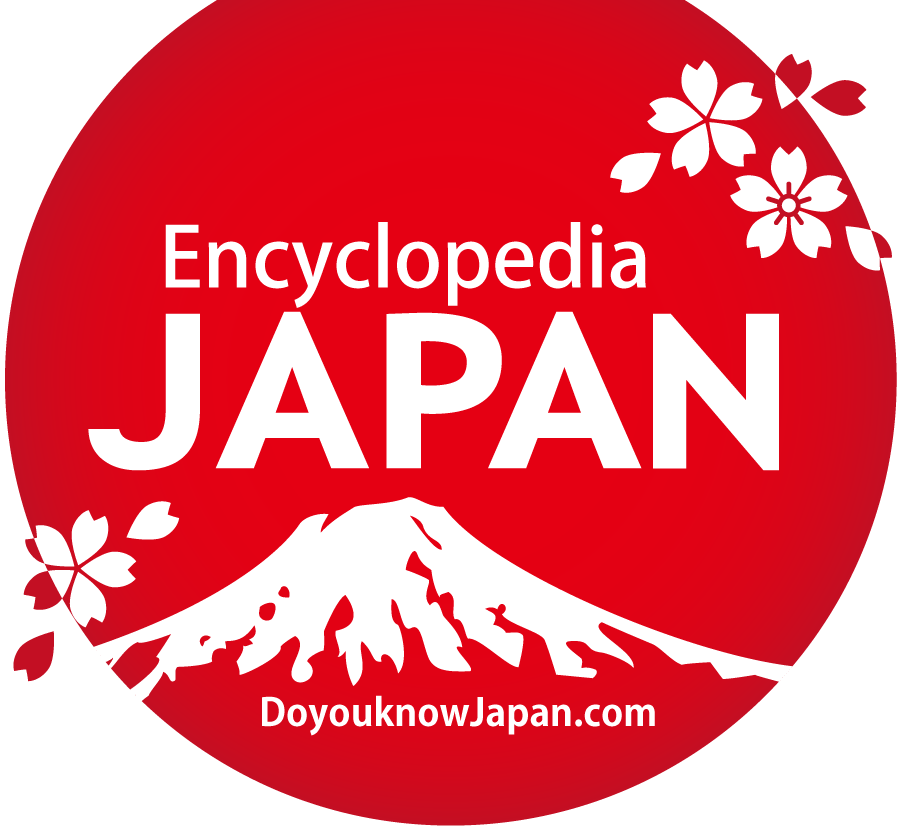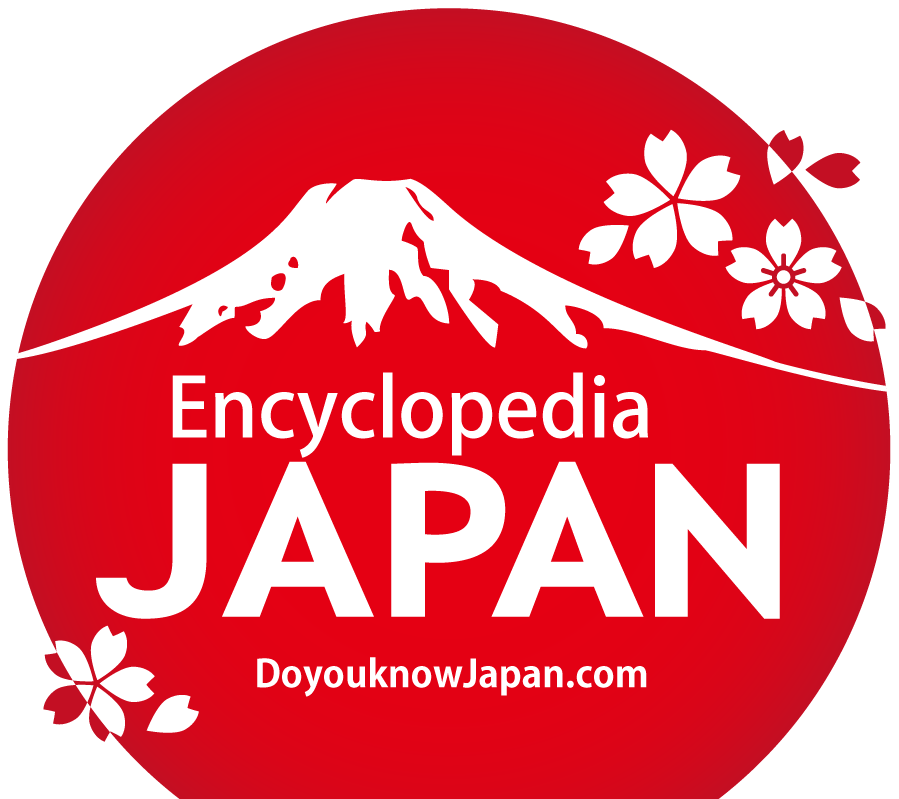
Sumo in Japanese Ancient Myth
Sumo has a long history, and is described in “haniwa” (hollow clay figures) and unglazed Sueki ware from the Kofun period (tumulus period: 3rd to 7th century ). The volume of Kamiyo (ages of gods) in the Japanese old book “Kojiki” (The Records of Ancient Matters), which refers to the ancient Japanese myth, includes a story concerning Takeminakata (a Japanese god) saying to Takemikazuchi (other Japanese god) that he wanted to find out which of them was the stronger god, and attempting to grab Takemikazuchi’s arm and throw him, when Takemikazuchi was dispatched to Ashihara no Nakatsukuni (the Central Land of Reed Plains) in order to conquer that place. Takeminakata could not grab Takemikazuchi’s arm eventually because Takemikazuchi changed his arm into an icicle and then a sword. Moreover, Takemikazuchi crashed Takeminakata’s hand in his hand as if it was a reed, and Takeminakata was no match for him. This is said to be the origin of sumo.

Sumo has more than 2000 yeas history
According to Nihonshoki (The Chronicles of Japan), the oldest fight between human fighters, not gods, was a fight between NOMI no Sukune and TAIMA no Kehaya at Sumaitorashimu (also sometimes called Sumai) on August 26, B.C. 23 (this fight is also regarded as the origin of judo). This book says that the emperor heard that TAIMA no Kehaya was the greatest wrestler and he also said that Sukume broke Kehaya’s rib and hipbones with his kick technique and killed him. This is different from modern sumo, and was obviously a military or martial art. Sukume is worshiped as the father of sumo. In addition to Kojiki and Nihonshoki, descriptions of sumo are seen in other materials such as “Shoku Nihongi” (The Chronicle of Japan Continued), “Nihon Koki” (The Later Chronicle of Japan), “Shoku Nihon Koki” (The Later Chronicle of Japan Continued), “Nihon Montoku Tenno Jitsuroku” (The Veritable Records of Emperor Montoku of Japan), “Nihon Sandai Jitsuroku” (The Veritable Records of Three Reigns of Japan), “Ruiju Kokushi” (The Classified National History), “Nihongi Ryaku” (The Summary of Japanese Chronologies), “Shoyuki” (The Diary of FUJIWARA no Sanesuke), and “Chuyuki” (The Diary of FUJIWARA no Munetada).
 Connection between Sumo and Imperial Court of Japan
Connection between Sumo and Imperial Court of Japan
In 726, they defined a list of prohibited techniques, 48 major sumo techniques, etiquette, and good manners. Emperor Shomu (whose reign was from 724 to 749) issued an Imperial order in order to almost forcibly recruit sumo wrestlers from rural communities throughout the country. This was because the Emperor enjoyed watching sumo matches in the garden of the Shishinden Hall (the Hall for State Ceremonies) of the Imperial Court during the annual ceremony of the Star Festival held on July 7. In the Heian period, sumo was already an important ceremony of the Imperial Court. The Sumai no Sechie (Festival of Wrestling) was held regularly every year as one of sando sechi (three annual Court ceremonies). In addition to Sumai no Sechie at the Imperial Court, ordinary citizens also enjoyed sumo very much. Meanwhile, buke zumo (samurai sumo) among samurai was training of wrestling for actual combat, and also referred to martial arts that allowed them to train their body and mind.
Start of Ozumo (Grand Sumo Tournament)
In the Edo period, Ozumo (grand sumo tournament) became a professional occupation. The original wrestlers Ozumo were probably samurai, often Ronin, who needed to find an alternative form of income. Current professional sumo tournaments began in the Tomioka Hachiman Shrine in 1684, and then were held in the Eko-in in the Edo period. Western Japan also had its own sumo venues and tournaments in this period with by far the most prominent center being in Osaka. Osaka sumo continued to the end of the Taisho period in 1926, when it merged with Tokyo sumo to form one organization. For a short period after this four tournaments were held a year, two tournaments in locations in western Japan such as Nagoya, Osaka and Fukuoka, and two in the Ryogoku Kokugikan in Tokyo. From 1933 onward tournaments were held almost exclusively in the Ryogoku Kokugikan until the American occupation forces appropriated it and the tournaments were moved to Meiji Shrine until the 1950s. Then an alternate location, the Kuramae Kokugikan which was near Ryogoku, was built for sumo. Also in this period, the Sumo Association began expanding to venues in western Japan again, reaching a total of six tournaments a year by 1958 with half of them in Kuramae. In 1984, the Ryogoku Kokugikan was rebuilt and sumo tournaments in Tokyo have been held there ever since.

 In addition, chosen people have held performances called Ozumo (grand sumo tournament) in order to obtain prize money to make a living from olden times. In recent years, people in other countries have enjoyed sumo as a traditional Japanese martial art or sport. Looking at sumo as a martial art, people find that it is a wrestling-type of sport in which an almost naked wrestler tries to grab and defeat his opponent without using any weapons. In English, the terms “Sumo” and “Sumo-Wrestling” are used. Sumo is unique when compared to similar types of martial arts in that sumo emphasizes having a wrestler to keep pushing forward. There are similar fighting sports in Japan and other countries such as Bukh in Mongolia, Shuai Jiao in China, Shilm in the Korean Peninsula, Shima in Okinawa islands, and Yagli Gures in Turkey. In June 1936, sumo was added to the regular curriculum of primary schools.
In addition, chosen people have held performances called Ozumo (grand sumo tournament) in order to obtain prize money to make a living from olden times. In recent years, people in other countries have enjoyed sumo as a traditional Japanese martial art or sport. Looking at sumo as a martial art, people find that it is a wrestling-type of sport in which an almost naked wrestler tries to grab and defeat his opponent without using any weapons. In English, the terms “Sumo” and “Sumo-Wrestling” are used. Sumo is unique when compared to similar types of martial arts in that sumo emphasizes having a wrestler to keep pushing forward. There are similar fighting sports in Japan and other countries such as Bukh in Mongolia, Shuai Jiao in China, Shilm in the Korean Peninsula, Shima in Okinawa islands, and Yagli Gures in Turkey. In June 1936, sumo was added to the regular curriculum of primary schools.





 Connection between Sumo and Imperial Court of Japan
Connection between Sumo and Imperial Court of Japan



 Makuuchi (幕内)
Makuuchi (幕内) Juryo (十両)
Juryo (十両) Makushita (幕下)
Makushita (幕下) Sandanme (三段目)
Sandanme (三段目) Jonidan (序二段)
Jonidan (序二段) Jonokuchi (序の口)
Jonokuchi (序の口)






